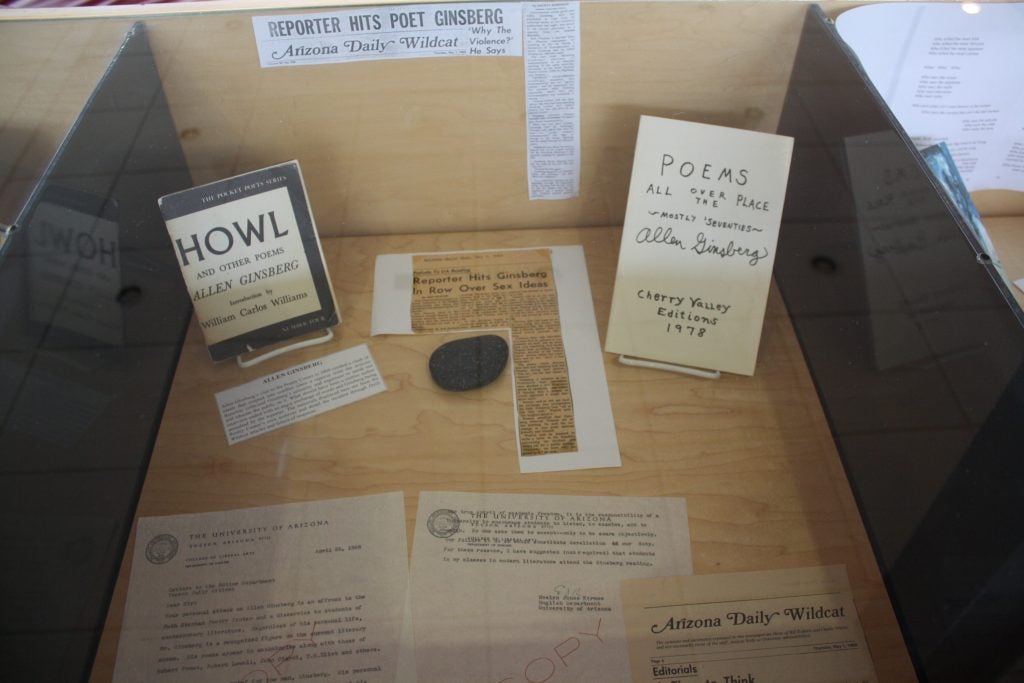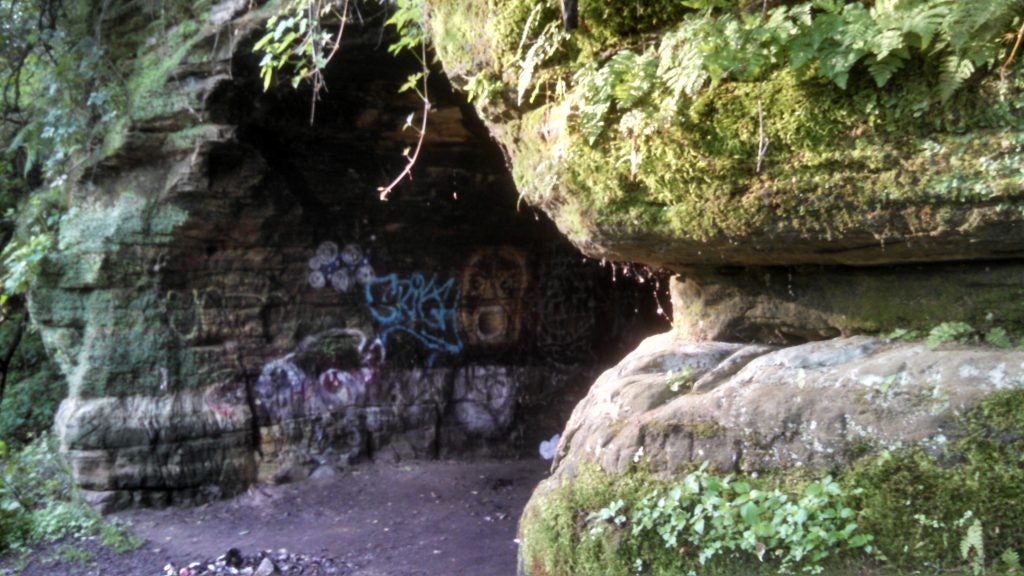From the Desk of a Librarian: Archives as a Resource
We all know libraries are great resources for writing. What isn’t always considered, however, is the intense power of archives for creative writers. What separates archives from the rest of the materials kept in libraries is that the vast majority of archival materials are unpublished. We can only truly know them, the stories they contain, the bits of brilliant light, by spending some time with them. Though we know archives as essential to the fact-finding part of research, not everyone sees them as essential to the creative part. But there are stories in archives, stories waiting to be told, and wading through the records for these gems is the tragically beautiful part of archival research.
From the Desk of a Librarian: Archives as a Resource Read More »
We all know libraries are great resources for writing. What isn’t always considered, however, is the intense power of archives for creative writers. What separates archives from the rest of the materials kept in libraries is that the vast majority of archival materials are unpublished. We can only truly know them, the stories they contain, the bits of brilliant light, by spending some time with them. Though we know archives as essential to the fact-finding part of research, not everyone sees them as essential to the creative part. But there are stories in archives, stories waiting to be told, and wading through the records for these gems is the tragically beautiful part of archival research.








